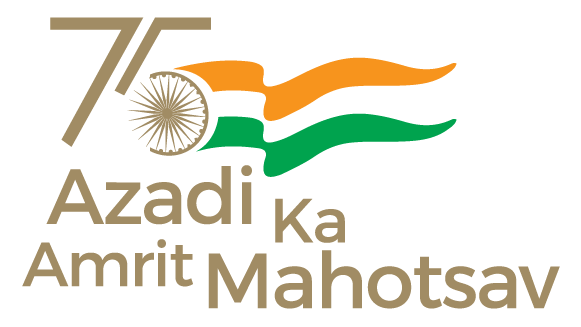Demand for Clean and Potable Drinking Water
Ministry of Jal Shakti

Posted On:
04 APR 2022 4:48PM by PIB Delhi
To make provision of potable water supply inadequate quantity (@ 55 lpcd) of prescribed quality (BIS10500:2012) on a regular and long-term basis to every rural household of the country, through tap water connection, by 2024,the Government of India in partnership with States, is implementing Jal Jeevan Mission (JJM) – Har Ghar Jal, since 2019.
Water is a State subject. The power to plan, design, approve, implement, operate and maintain the water supply scheme is vested with the States. The Government of India supplements the efforts of the States by providing technical and financial assistance. The Department of Drinking Water and Sanitation does not maintain the data on demand for clean and potable drinking water.
Projects for revival and renovation of traditional water bodies etc. are planned, funded, executed, and maintained by the State Governments themselves as per their own resources and priorities. The role of the Government of India is limited to being a catalytic, providing technical support, and in some cases, partial financial assistance in terms of the ongoing schemes of Govt. of India.
Some of the initiatives taken by the Government of India, to supplement the efforts of the State Governments in this regard, are as below:
- Under Pradhan Mantri Krishi Sinchayee Yojana (PMKSY), financial assistance is being provided, inter-alia includes repair, renovation, and restoration of water bodies.
- Central Ground Water Board (CGWB), is entrusted with the responsibilities of providing scientific inputs for the management, exploration, monitoring, assessment, augmentation, and regulation of groundwater resources of the country. Several guidelines and manuals have been prepared for rain water harvesting.
- Ministry of Environment, Forest and Climate Change (MoEFCC) is implementing plantation/afforestation schemes in the forest areas with a participatory approach helping in conservation of water in the catchment areas;
- In 2019, Jal Shakti Abhiyan was launched by the Government. This was followed in 2021, by “Jal Shakti Abhiyan: Catch The Rain” (JSA:CTR) campaign. Focused interventions under these annual campaigns taken up by the Government of India and the State Governments are the renovation of traditional and other water bodies, inter-alia.
- Government has launched the first Census of Water bodies in convergence with the Sixth round of Minor Irrigation Census (the reference year 2017-18), under the Centrally Sponsored Scheme- “Irrigation Census”. The objective of the Census of Water bodies is to develop a national database of all water bodies in the country.
- Mahatma Gandhi National Rural Employment Guarantee Scheme (MNREGS) has provisions for public works relating to natural resource management, water conservation, and water harvesting structures to augment and improve groundwater like underground dykes, earthen dams, stop dams, check dams, and roof top rainwater harvesting structures in public buildings.
- Rejuvenation of water bodies, including traditional water bodies, is also a component under the Water Supply sector of the Atal Mission for Rejuvenation and Urban Transformation (AMRUT) Scheme under Ministry of Housing & Urban Affairs. Further, AMRUT 2.0 launched in October, 2021, inter alia, to promote the circular economy of water through the development of a city water balance plan for each city focusing on recycling/reuse of treated sewage, rejuvenation of water bodies, and water conservation.
This Information was given by the Minister of State for Jal Shakti, Shri Prahlad Singh Patel in a written reply in Rajya Sabha today.
*****
AS